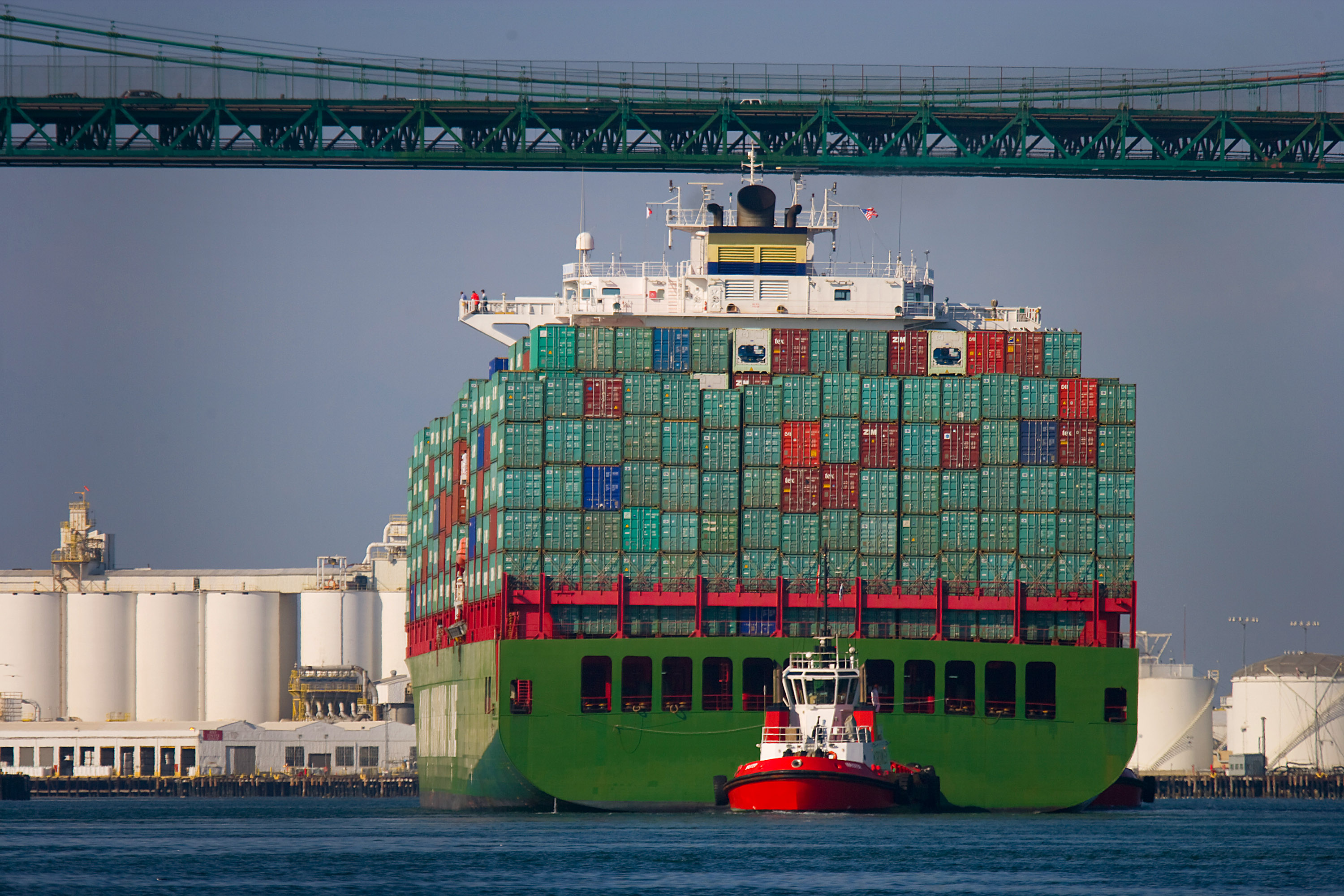China has reported its first monthly trade deficit in three years, after imports surged and a slowdown during the lunar new year holidays hit output. Higher commodity prices and domestic demand were credited with pushing February’s imports up 38.1% on a year earlier.
But exports unexpectedly fell 1.3%, giving a trade deficit of $9.2 billion for the month. China’s monthly imports last exceeded exports in February 2014, BBC reported.
Analysts polled by Reuters had forecast China would have a monthly trade surplus of $25.8 billion.
The country’s economic data from January and February can be distorted by the long holidays, which see businesses slowing down and often cutting back operations or closing completely.
And most analysts agree that the latest data is just a blip, with a surplus inevitable again once the impact of the holidays tails off.
“The latest trade data suggest that, seasonal distortions aside, both exports and imports strengthened at the start of 2017,” said Julian Evans-Pritchard of Capital Economics.
“However we doubt that the current pace of import growth can be sustained. It is only a matter of time before we see a slowdown in domestic demand.”
With the Chinese economy expanding at its slowest pace in 26 years in 2016, Beijing is likely to be heartened by the latest import figures, as it looks for signs of improvement.
Leaders are trying to rebalance the economy, reducing reliance on state investment and exports, and growing more through domestic consumption.
At the weekend, Premier Li Keqiang used his speech at the country’s parliament, the National People’s Congress to cut China’s annual growth target to 6.5%.
As with last year, China has not set a target for exports in 2017, underlining the uncertain global outlook and fears of rising US trade protectionism, but Li said China will take steps to steady exports this year.
Distortions Possible
But China watchers have cautioned that trends in January and February can be distorted by the long new year holidays, with business slowing down weeks ahead of time and many firms scaling back operations or closing. The holiday began in late January this year and in February last year.
China’s exports for January and February combined rose 4% from the same period last year, while imports surged 26.4%, suggesting there has been solid improvement in demand at home and abroad despite any holiday distortions.
Analysts polled by Reuters had expected February exports from the world’s largest exporter to have risen 12.3%, an improvement from a 7.9% rise in January. Imports had been expected to rise 20%, after growing 16.7% in January.
Analysts had expected China’s trade surplus to fall to $25.75 billion in February, versus January’s $51.35 billion, with growing attention on its large trade advantage with the United States as new US President Donald Trump ramps up his protectionist rhetoric.
Emily Nicol, an economist at Daiwa Capital Markets, warned seasonal effects around the Lunar New Year were responsible for nudging the balance of trade into deficit.
She said: “While import growth is likely to remain in positive territory over coming months, we would also expect to see exports improve on the back of firmer global demand. And so, we would also strongly expect the trade balance to return to surplus.”
The unexpected deficit comes at a time when international trade has become increasingly politicized.
During the election campaign last year US President Donald Trump identified reducing the trade deficit with China as a vital part of his economic policies. Trump promised protectionist policies to stop manufacturing jobs being located in China rather than the US.
China’s February trade surplus with the United States fell to $10.42 billion, the smallest since February 2014. China exports to the US fell 4.2%, while its imports from the US rose 38%.


